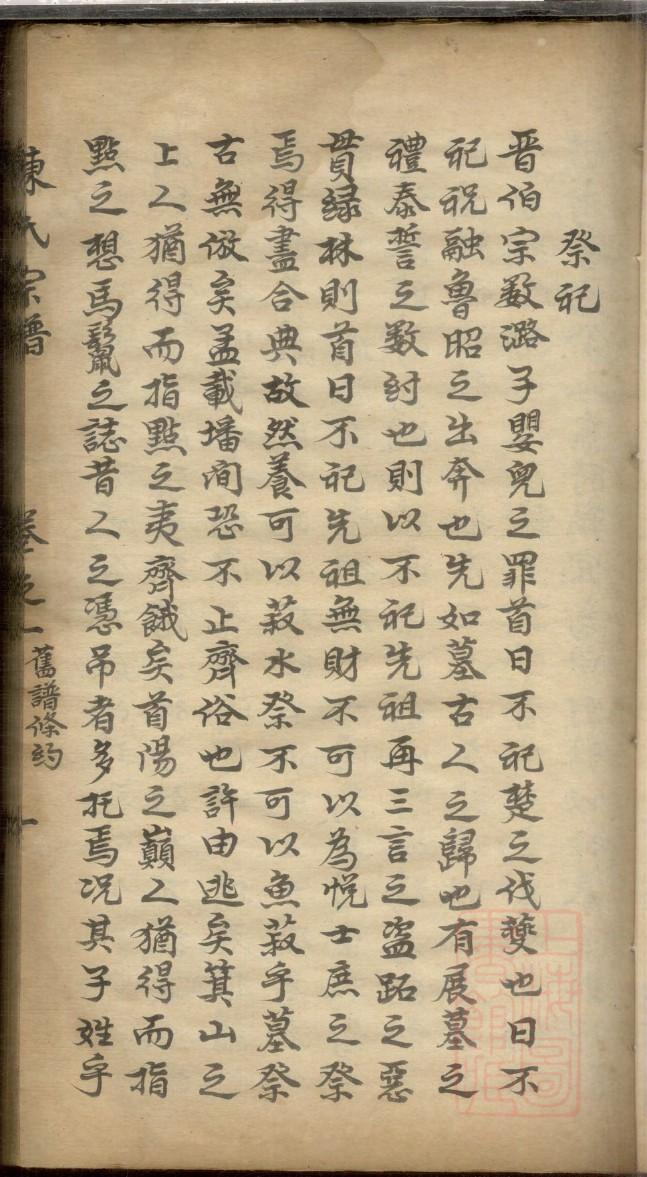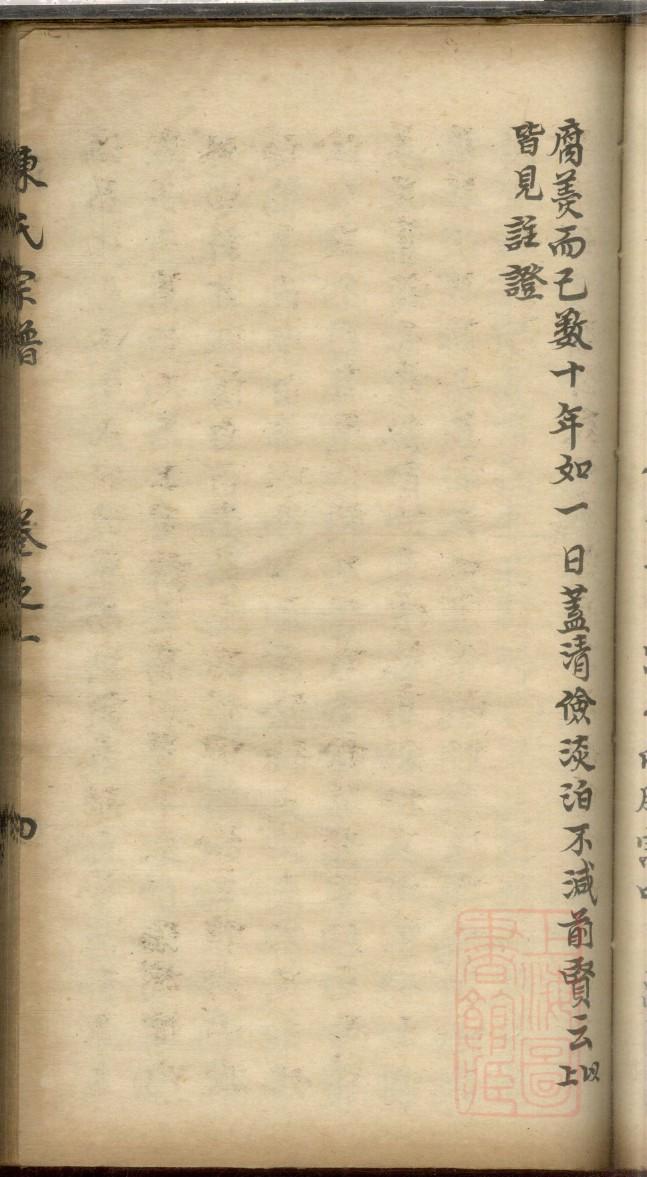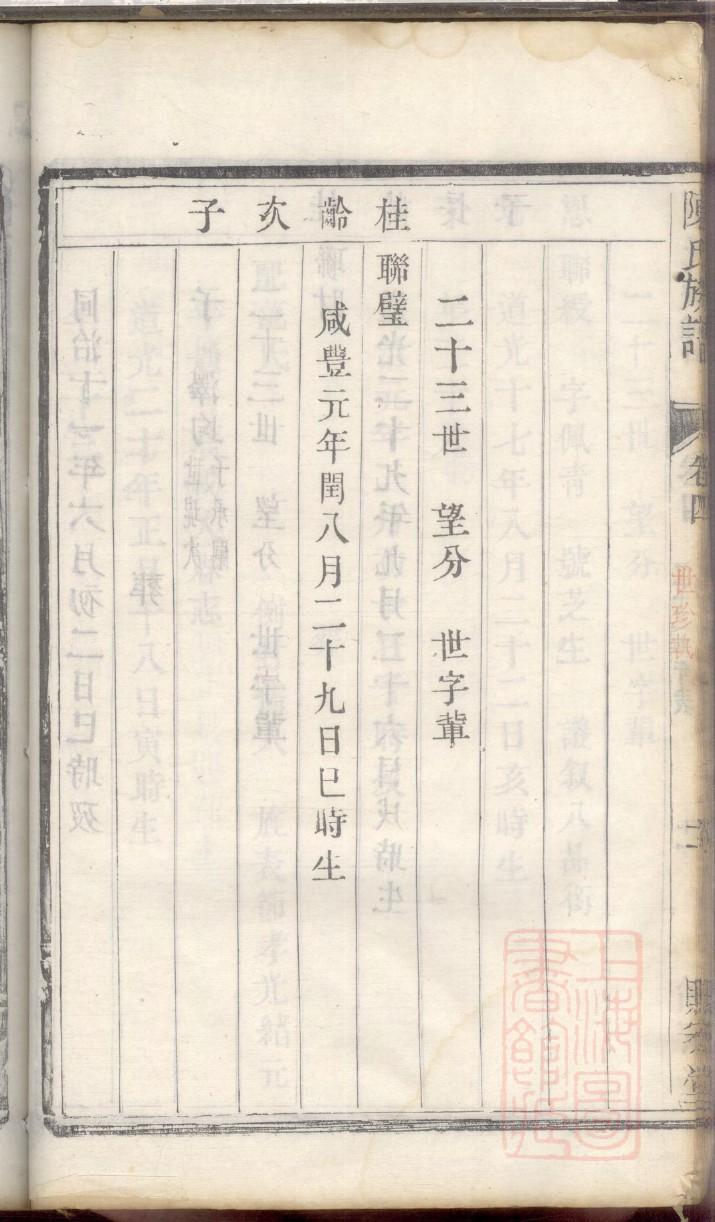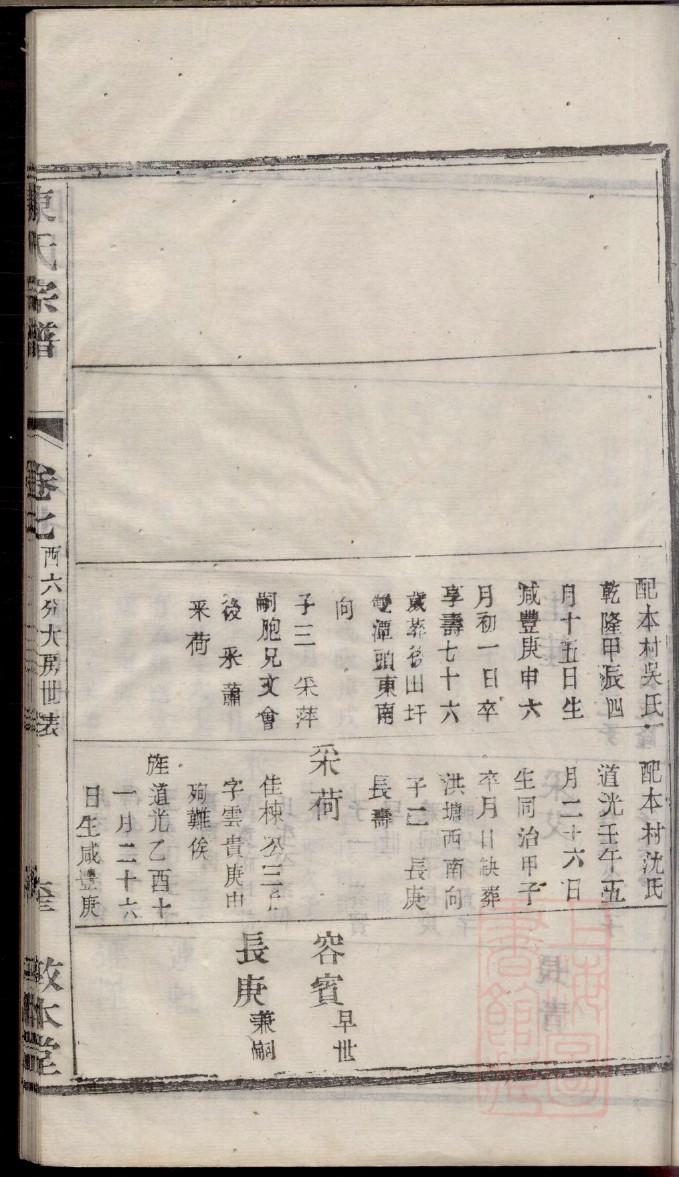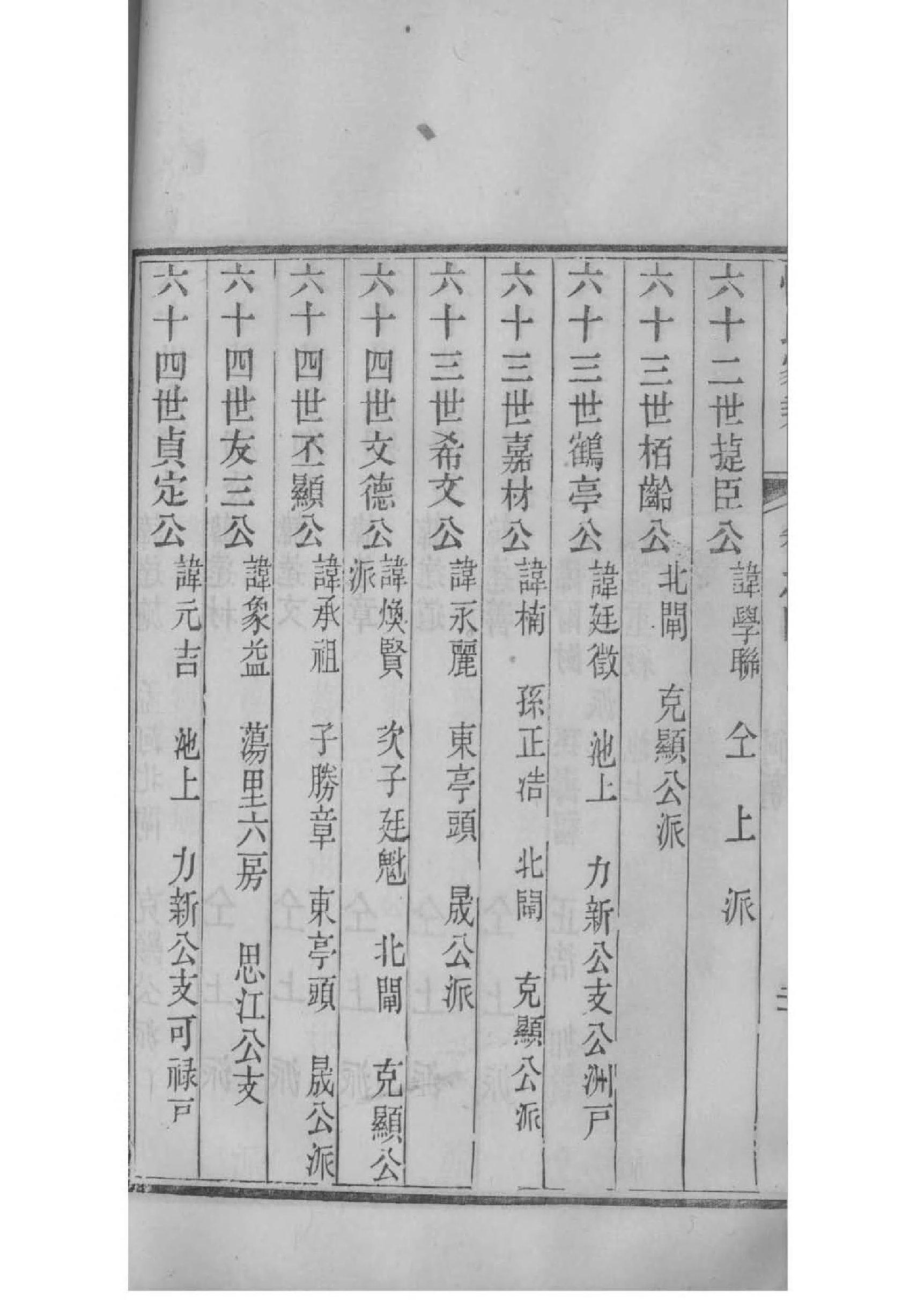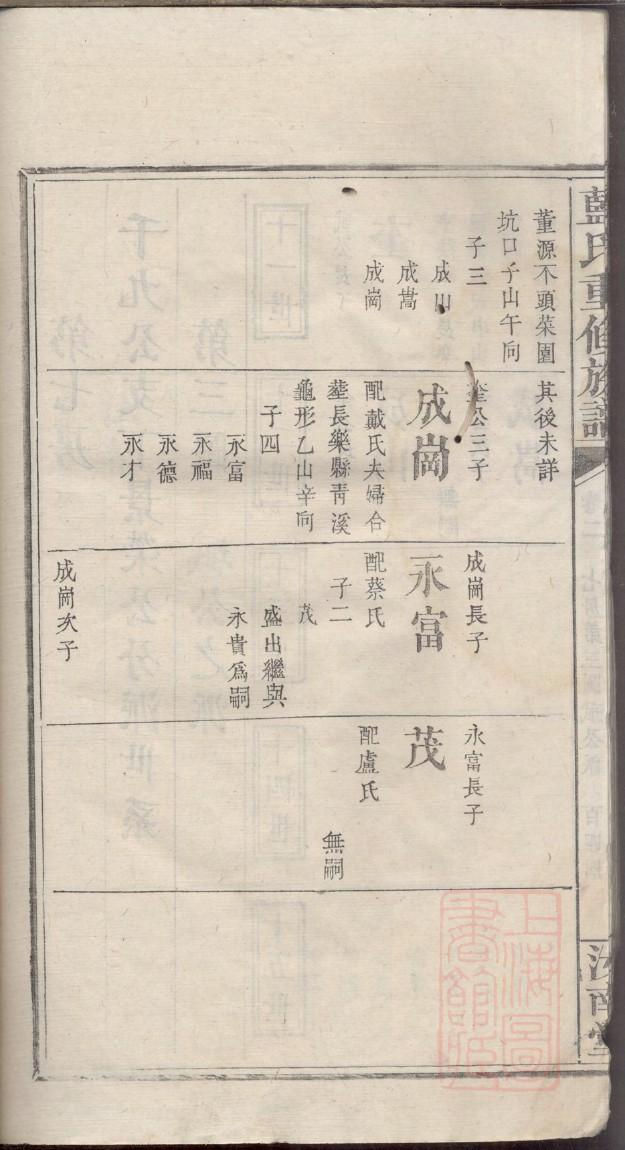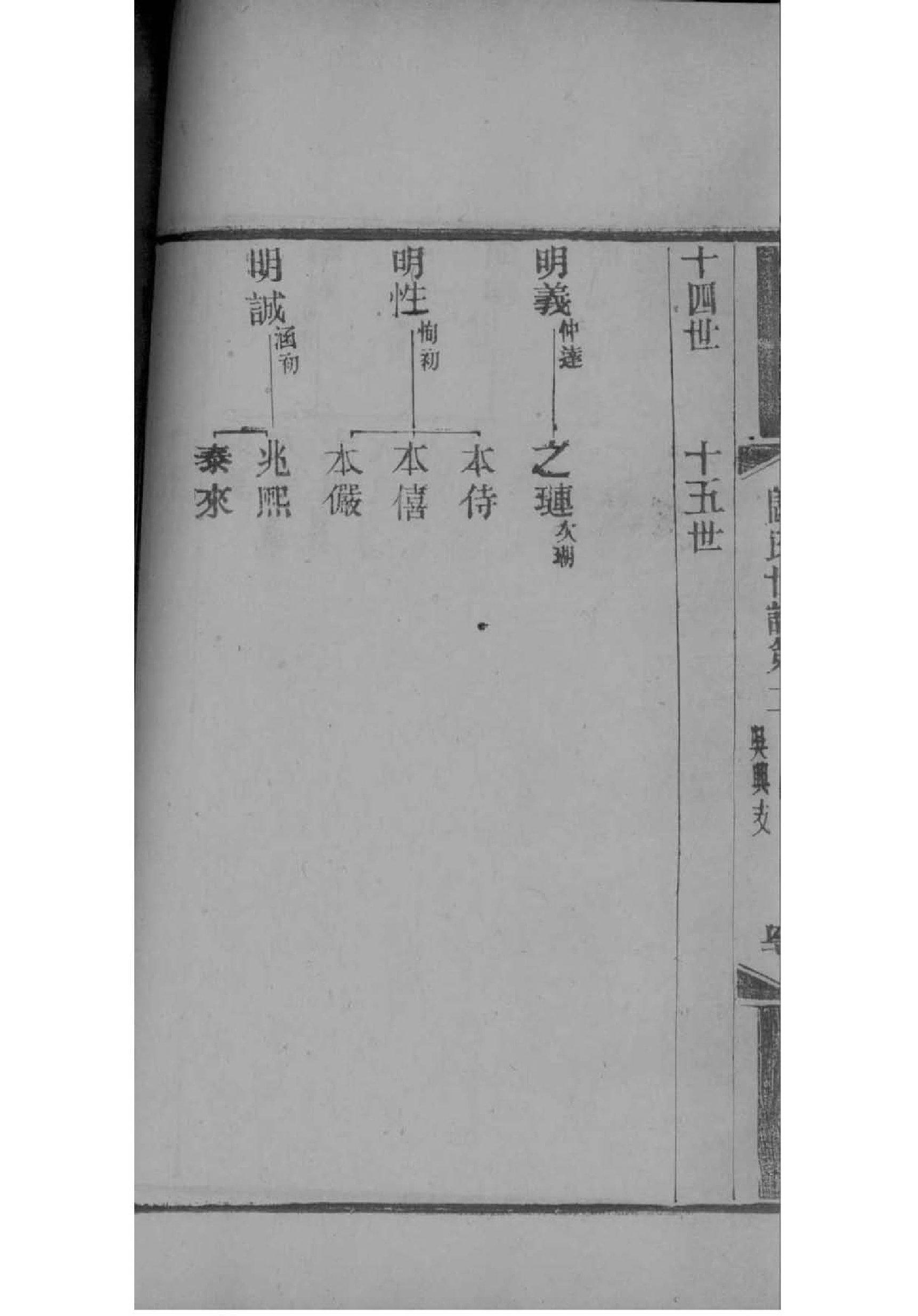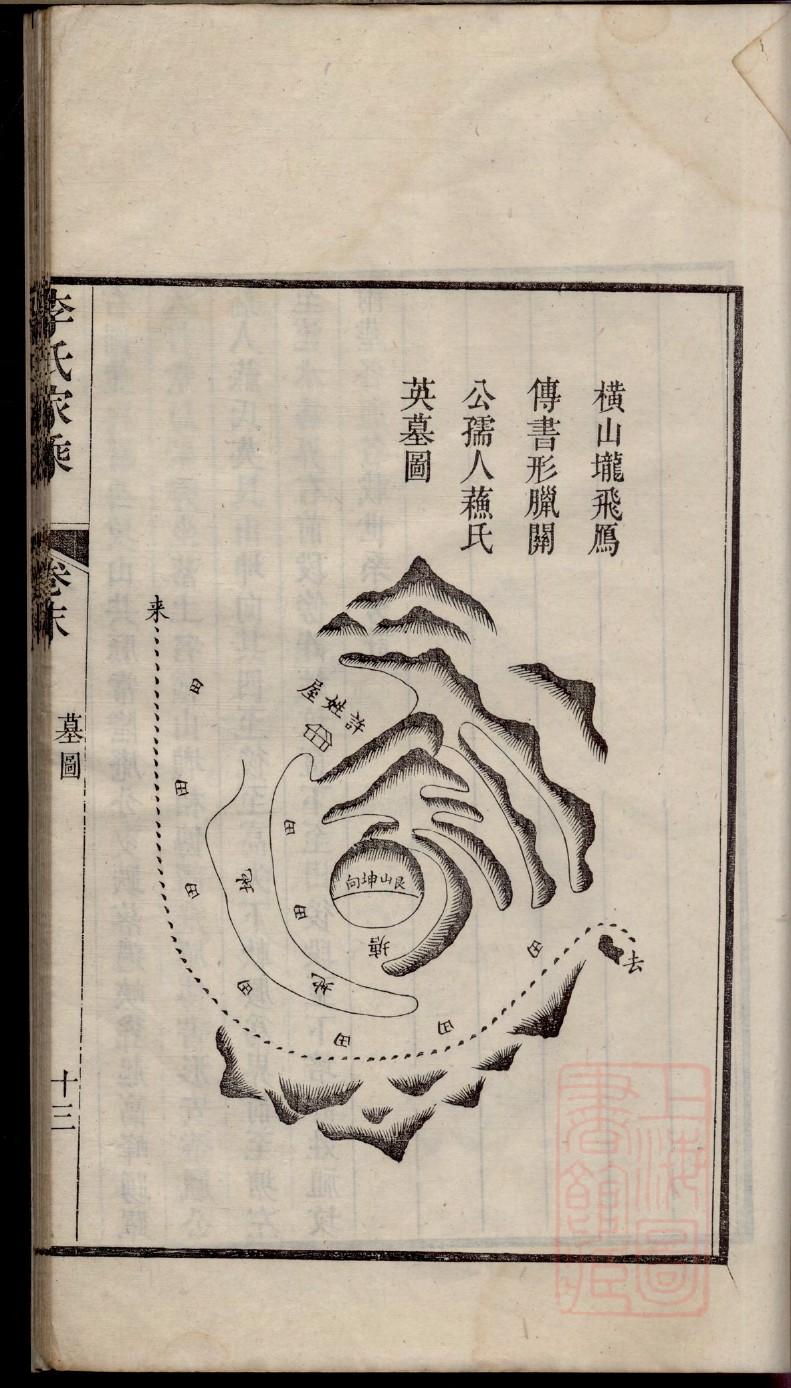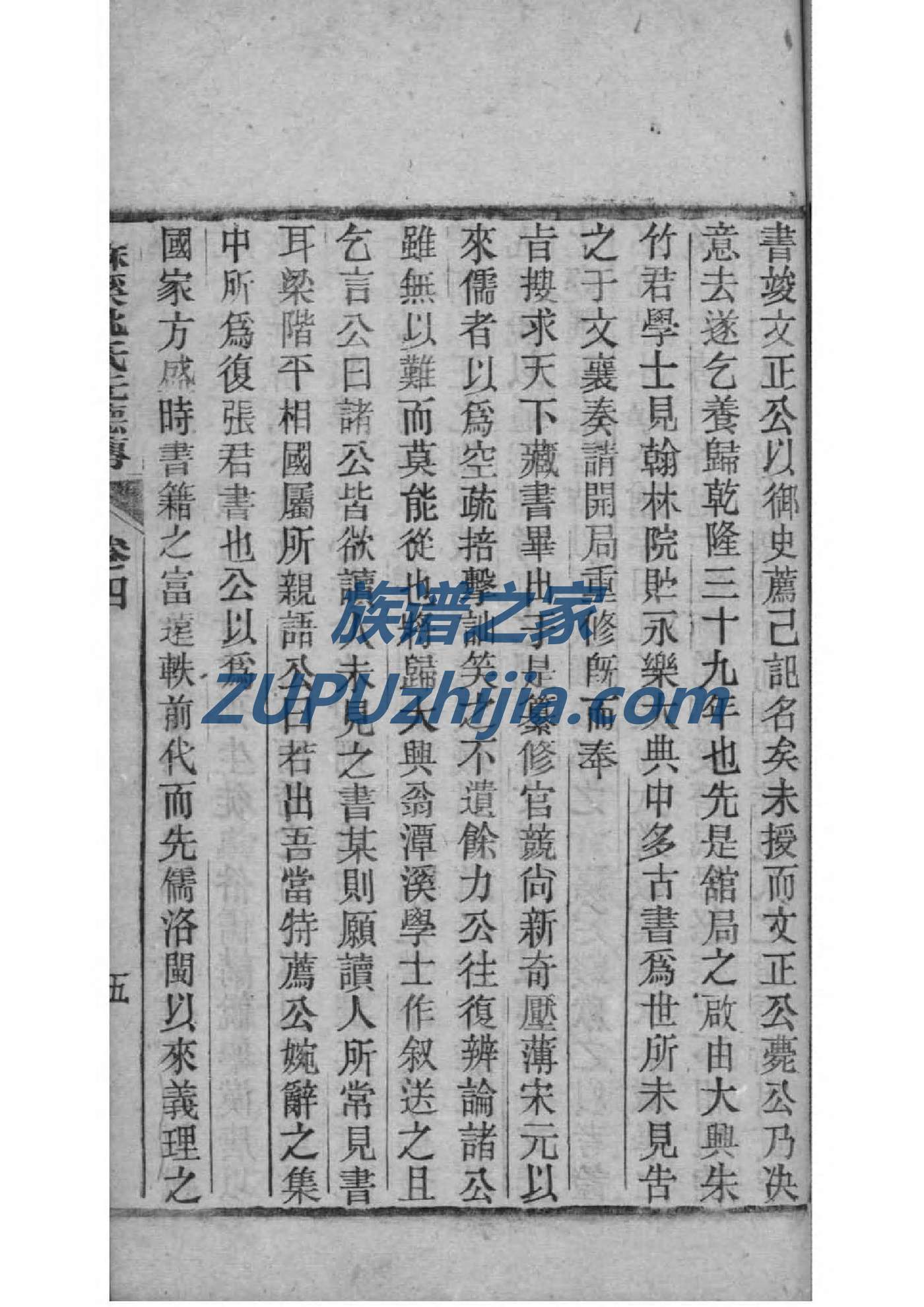英国王室族谱英文版
The Royal Lineage of the British Monarchy: A Historical Perspective
本文深入探讨了英国王室的历史渊源和族谱,详细介绍了从诺曼征服时期至今的各位君主及其重要历史事件。文章通过分析英国王室的血统传承,揭示了其如何塑造了英国的历史、文化和社会发展。
The Origins of the British Monarchy
The British Monarchy has a rich and fascinating history that dates back to the early medieval period. The origins of the British Monarchy can be traced back to the Normans, who conquered England in 1066 under the leadership of William the Conqueror. This event marked the beginning of a long line of kings and queens who have ruled over the British Isles.
William the Conqueror, also known as William I, was the first Norman king of England. He established a new dynasty, the House of Normandy, and his descendants continued to rule England for several centuries. The Normans brought with them a new legal system, the English Common Law, which has had a lasting impact on the British legal system.
The Tudors and the Stuarts: A Time of Transition
The Tudor dynasty, which began with Henry VII in 1485, marked a period of significant change for the British Monarchy. Under the Tudors, England experienced the Renaissance, the Reformation, and the establishment of the Church of England. Henry VIII's famous six marriages and his conflict with the Roman Catholic Church led to the English Reformation and the separation of the Church of England from the Roman Catholic Church.
The Stuarts succeeded the Tudors in 1603 with the ascension of James I to the throne. The Stuarts faced numerous challenges, including religious conflicts, political disputes, and the English Civil War. The Glorious Revolution of 1688, which resulted in the overthrow of James II, marked the end of the Stuart dynasty and the beginning of the Hanoverian era.
The Hanoverians and the Present Monarchy
The Hanoverian dynasty began in 1714 with the ascension of George I to the throne. The Hanoverians faced numerous challenges, including the Jacobite uprisings, the American War of Independence, and the Napoleonic Wars. The reign of Queen Victoria, which began in 1837, marked the height of the British Empire and the golden age of the monarchy.
The present British Monarchy is represented by the House of Windsor, which began with the reign of King George V in 1910. The House of Windsor has faced various challenges, including World War II, the royal scandals of the late 20th century, and the current issues surrounding the monarchy's relevance and future.
Conclusion
The Royal Lineage of the British Monarchy is a testament to the rich and diverse history of the British Isles. From the Normans to the present day, the monarchy has played a crucial role in shaping the history, culture, and social development of the United Kingdom. The British Monarchy continues to be a symbol of national identity and continuity, despite the challenges it faces in the modern world.
Keywords: British Monarchy, Royal Lineage, Tudors, Stuarts, Hanoverians, House of Windsor
